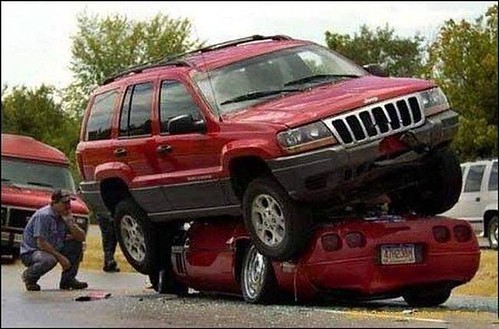 Settling a personal injury claim for a large dollar amount can be dependent on several factors such as the type of injury that you’ve sustained, and the treatment that is required for your specific injury. However, an insurance company will also look at your medical records and any pertinent documentation before deciding the dollar amount awarded to your claim. The following are tips to increase your personal injury settlement.
Settling a personal injury claim for a large dollar amount can be dependent on several factors such as the type of injury that you’ve sustained, and the treatment that is required for your specific injury. However, an insurance company will also look at your medical records and any pertinent documentation before deciding the dollar amount awarded to your claim. The following are tips to increase your personal injury settlement.
Document Everything
It’s easy to ascertain that the more critical injury that you may be suffering from, the longer it will take for you to recover. If your injuries last longer, so will your pain and suffering, and you need to recover proper compensation for the trauma that you are experiencing. The best way to capture this is by recording your physician visits and documenting any important notes in your medical records. A doctors visit showcases the extent of your injuries and how much discomfort and agony that you may be going through. With thoroughly documented medical records, you can make a more solid case and increase your chances of gaining a larger settlement in the end.
Residual Injuries Diagnosis
An injury that lasts for a prolonged period of time is referred to as a residual injury. Forms of this type of injury can include broken bones, brain damage, scarring, loss of limbs and torn ligaments. The full impact may not be visible at present, but it can be far reaching into the future. A head injury where a concussion occurred can cause problems months or years after the accident took place. Proper notation from your physician is crucial to your claim, and they need to document your case with possible long-term side effects.
Take Time for Physical Therapy
Medication and physical therapy can further aid your claim because it lets the insurance carrier know that you’re experiencing pain and discomfort due to your accident. It’s necessary to document the type of medication and strength to determine the level of pain and suffering. You can also make special note of the times and frequency of your physical therapy appointments. A physical therapist can add to your case by recording the level of difficulty that you have experienced in your daily movements.
Keep a Personal Diary
The physical and mental repercussions should also be noted in any type of injury. An injury to a major bread winner in the family can have severe mental anguish, especially if the bills and financial distress are mounting. This can take a toll on the family and can cause emotional distress to your loved ones. Having difficulty getting around can also cause physical problems with the easiest of tasks such as getting dressed, running errands and getting around the home. Making note of the many problematic areas in a personal diary can also strengthen your claim.
Settling your personal injury claim for a higher amount of money will be dependent on your proof. With the proper medical record documentation and thorough note taking, you’ll better your chances of receiving a greater level of compensation through your injury case.
Blogger Anthony Joseph presents these tips to emphasize the importance of taking an active part in the process of documentation. According to this auto accident lawyer in Fort Lauderdale FL we sometimes think that we can simply work through the pain, only to learn years later we should have been seeking consistent medical attention for our injury. In many cases, the extensiveness of the injury is not thoroughly evaluated, so at minimum be sure to take advantage of a free consultation to make sure you haven’t left out vital steps.
